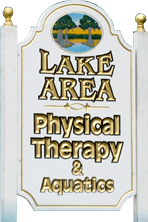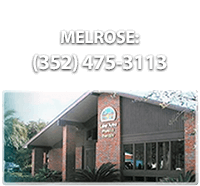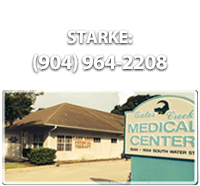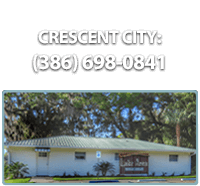Claw Toe
Introduction
Anatomy
Your toes are part of your forefoot. They help you balance, walk, and move. Your big toe (hallux) contains two bones (phalanges). Your second through fifth toes contain three bones. Claw toe results when the joint at the base of the toe is bent (contracted) upward and the remaining joints in the toe bend downward, creating the appearance of a curved claw.
Causes
Claw toe is four to five times more common in women than in men. The likelihood of claw toe increases with age. It most frequently develops in adults that are in their 70s or 80s.
Symptoms
Diagnosis
Treatment
Surgery
Recovery
Prevention

Copyright © - iHealthSpot Interactive - www.iHealthSpot.com
This information is intended for educational and informational purposes only. It should not be used in place of an individual consultation or examination or replace the advice of your health care professional and should not be relied upon to determine diagnosis or course of treatment.
The iHealthSpot patient education library was written collaboratively by the iHealthSpot editorial team which includes Senior Medical Authors Dr. Mary Car-Blanchard, OTD/OTR/L and Valerie K. Clark, and the following editorial advisors: Steve Meadows, MD, Ernie F. Soto, DDS, Ronald J. Glatzer, MD, Jonathan Rosenberg, MD, Christopher M. Nolte, MD, David Applebaum, MD, Jonathan M. Tarrash, MD, and Paula Soto, RN/BSN. This content complies with the HONcode standard for trustworthy health information. The library commenced development on September 1, 2005 with the latest update/addition on February 16, 2022. For information on iHealthSpot’s other services including medical website design, visit www.iHealthSpot.com.






